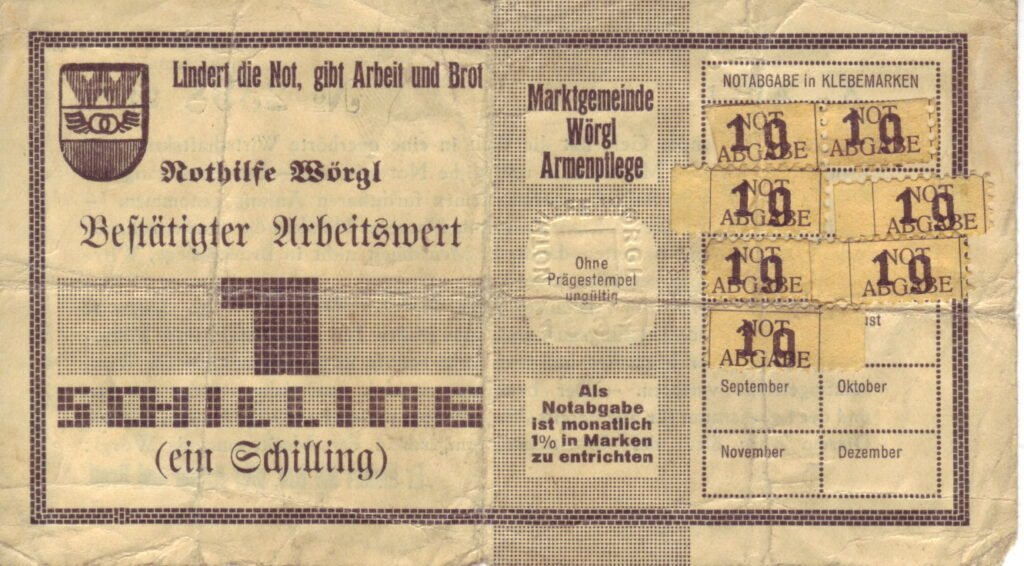A Plea for a Regional and Perishable Currency
ABSTRACT
A fundamental but neglected truth about the nature of money resides in its imperishable character. The advertence to this peculiar physical property of the money metals, which have traditionally been employed as the chief means of payment before being transmuted into the virtual form of contemporary bank money, has seldom been made in the vast literature dealing with the subject. It stands as one of the great merits of the German anarchist current of thought of the early twentieth century (Silvio Gesell and Rudolf Steiner in particular) to have acknowledged the extraordinarily unfair advantage wielded by ‘money’ vis-à-vis the rest of the economy, and sought thereby to remedy this distortion via the introduction of a time-sensitive money certificate. This article explores the institutional and theoretical issues that have led to this innovation, and concludes with a brief survey of the record achieved thus far by the late attempts of introducing in several parts of the world regional currencies in substitution of proprietary bank money – i.e., money as we know it.
Keywords: Monetary reform, Gesell, Steiner, Negative interest rate

